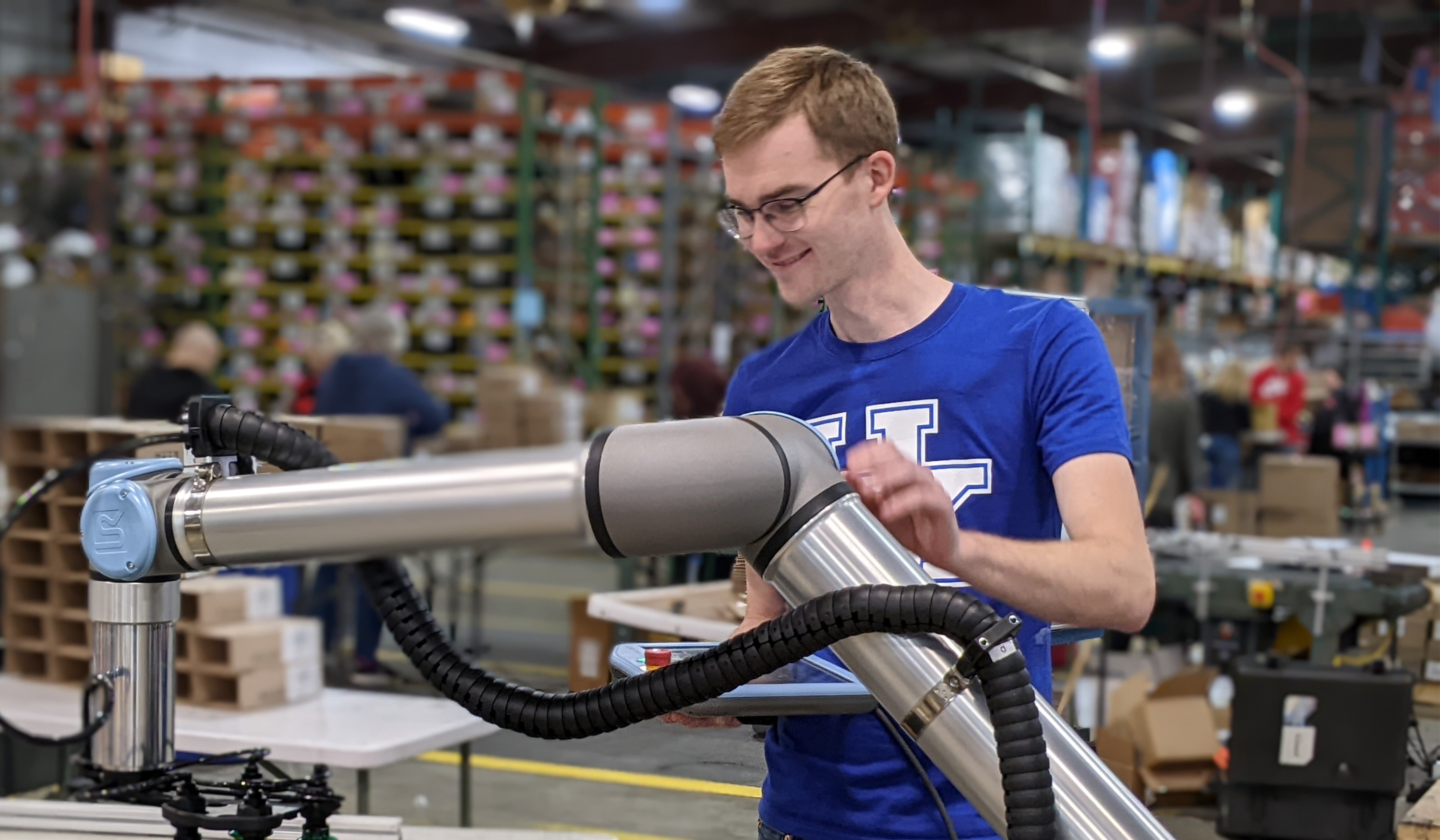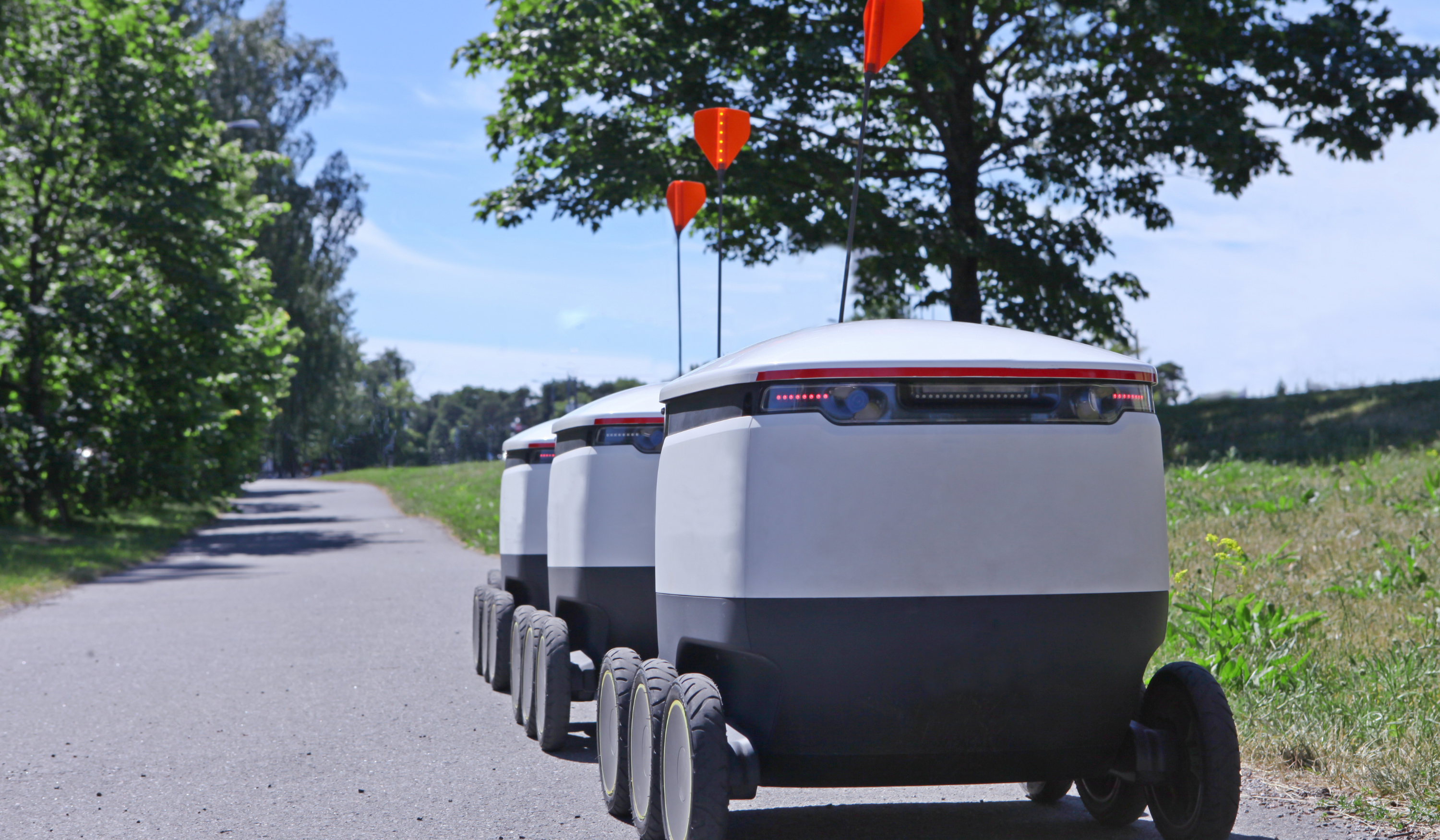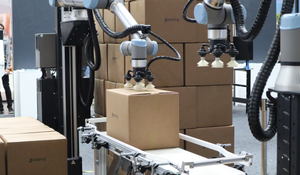Mechanical Intelligence for Better Robots

Posted on Feb 14, 2011 11:46 AM. 1 min read time
Take the time to enjoy the above TED video. Wow! You can see independent creatures equipped with some sort of mechanical intelligence. No electronics, no computers. And yet the creature is able to move around unaided, change direction based on feedback about its environment, store and use energy. Their creator, kinetic sculptor Theo Jansen, explains how the limbic proportions are critical for obtaining the desired behaviour. He also presents its brain, comprising elements of mechanical memory.
This video fascinates me, firstly because it’s amazing to see the machines in motion. I also like it because it puts forth an approach that was drilled into us at Robotiq during our robotics studies, namely to carefully study the mechanical design of a robot to improve its performance and simplify its control. This applies to other fields.
Nowadays, calculating strength and memory are prodigious while prices keep dropping. We often leap to the solution of dealing with all the complexity in the electronics and software aspects of a robotic system. But sometimes, less electronics and less code often mean easier integration, sturdier units, petter performance, etc. People also have the impression that mechanics is old school, “been there, done that”; that today we live in an electronic age. Sure mechanics has been there before electronics. At Robotiq, we filrmy believe that to achieve the vision of having robots helping in all fields, mechanics will have to be intelligent, just like the rest of the systems. This principle is central to the design of our Adaptive Gripper.







Leave a comment